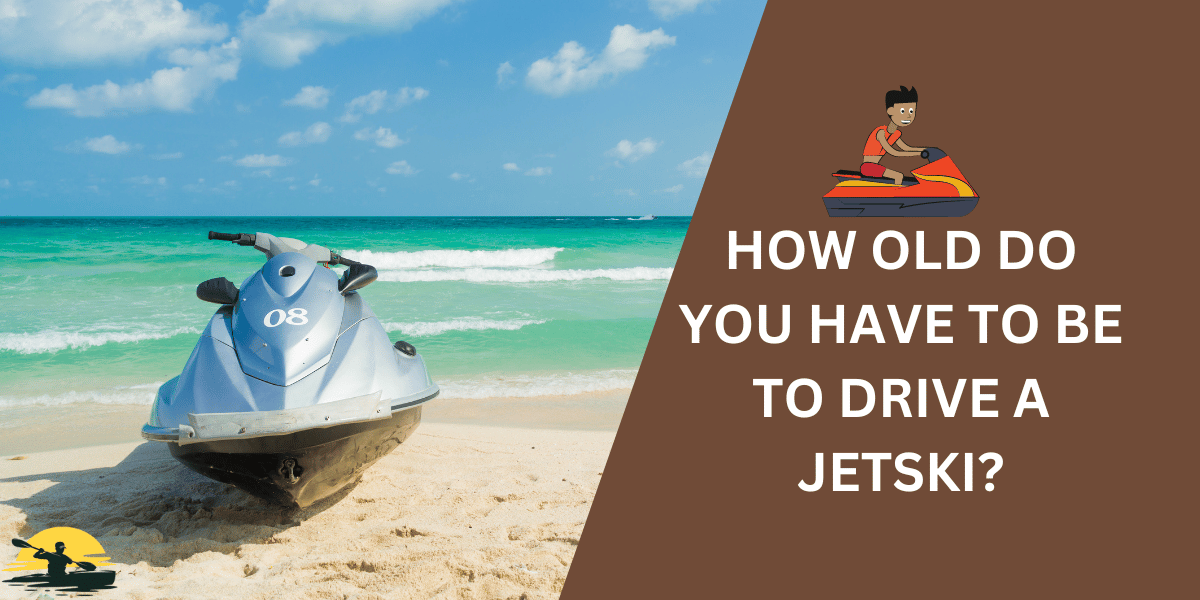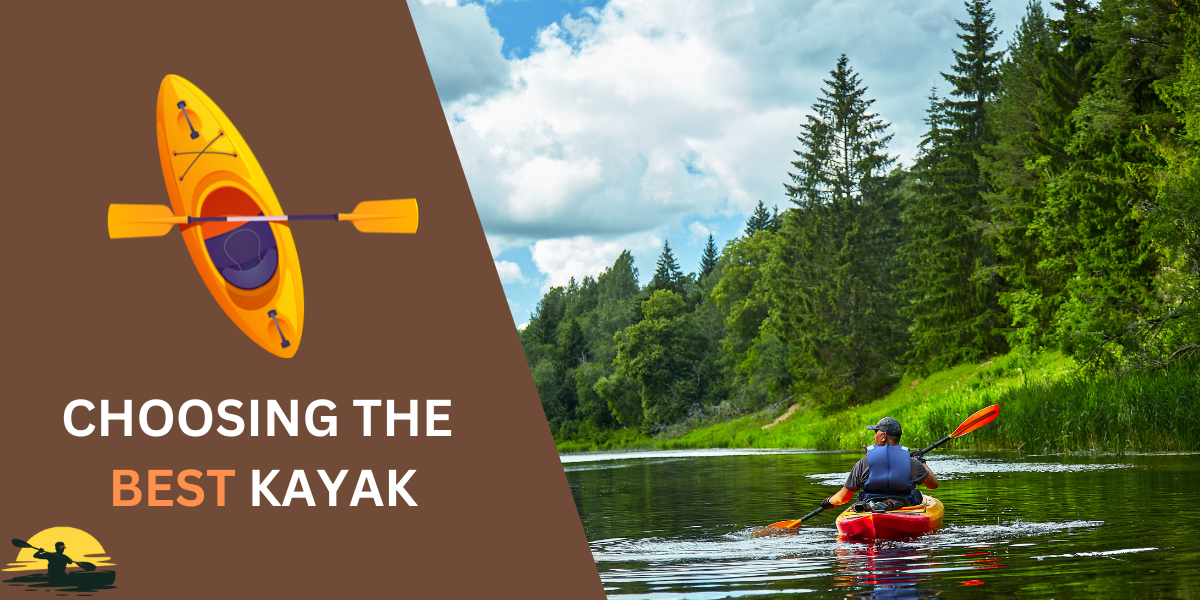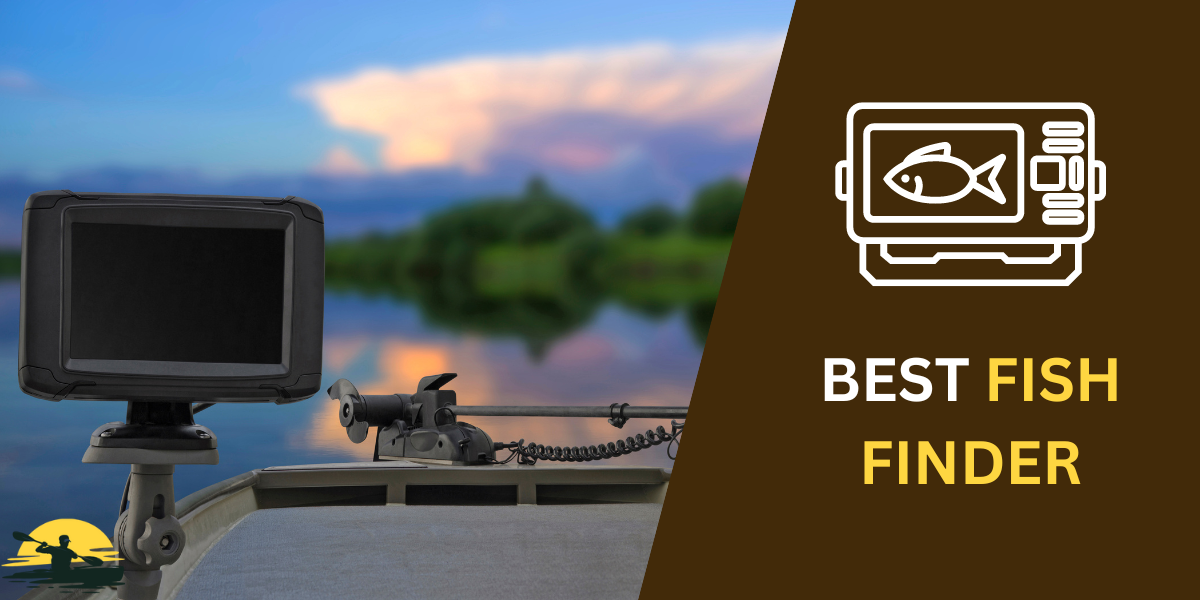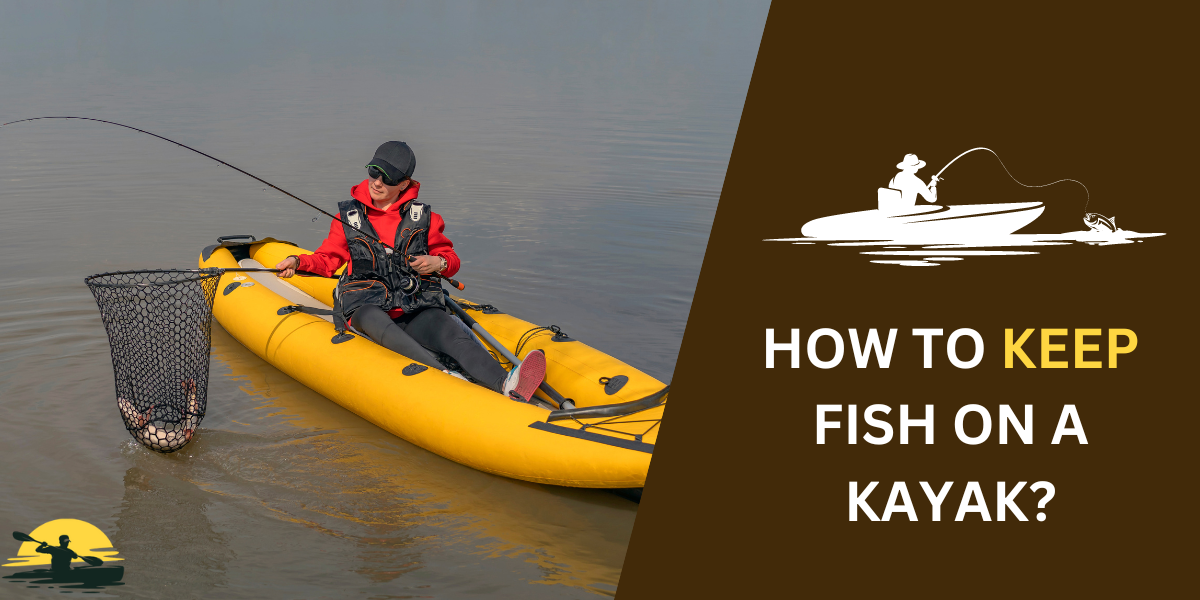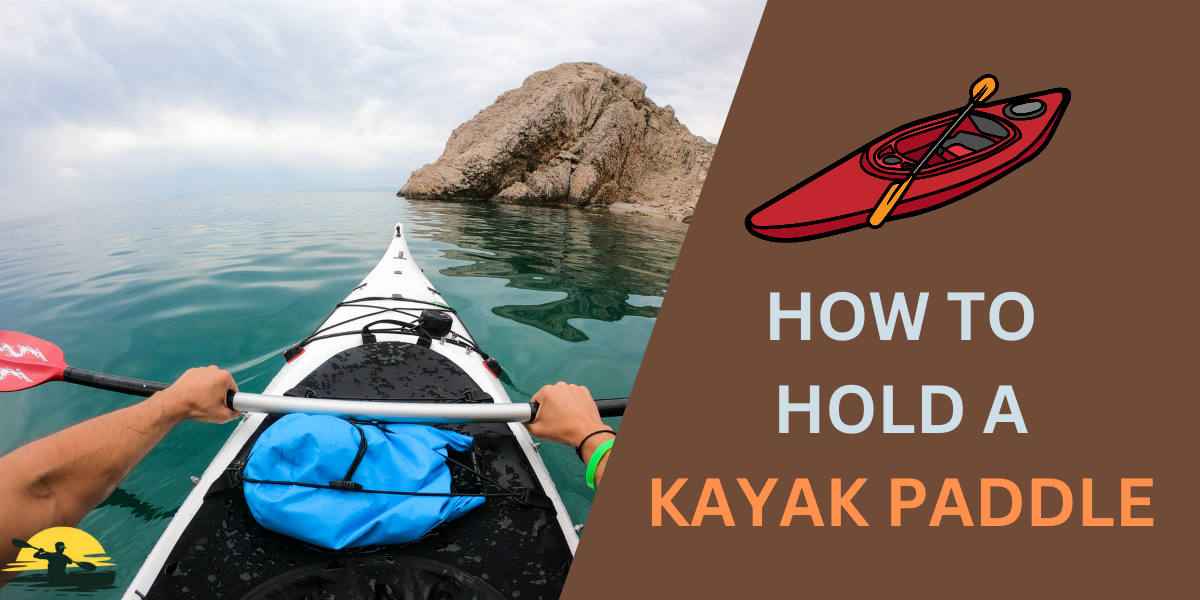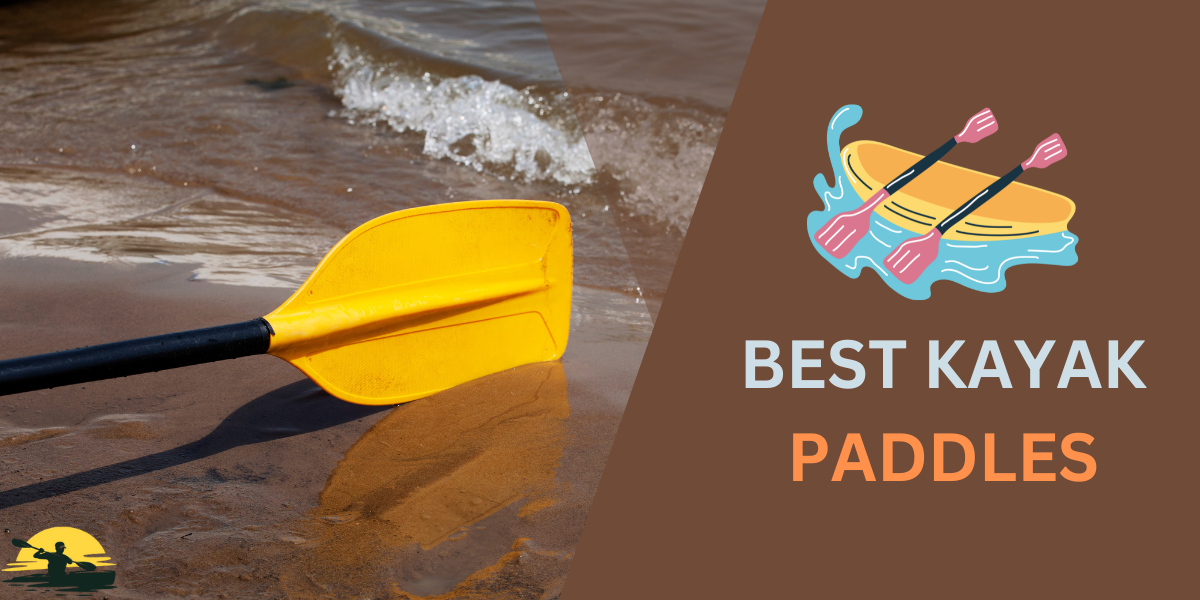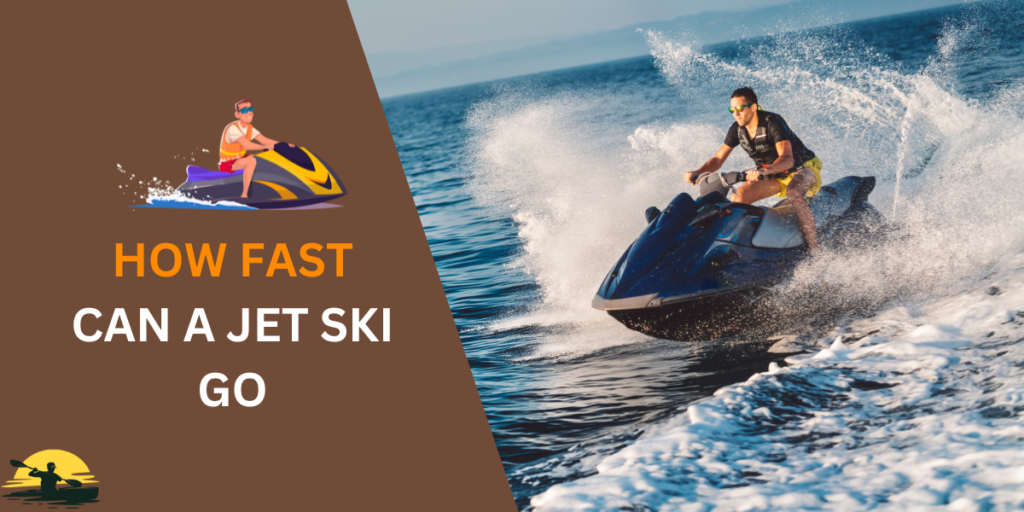
Have you ever wondered how fast you can go on a jet ski?
These machines are known for their speed, but is there one that’s faster than the rest? While jet skis are built for speed, how fast they actually go can vary.
Things like engine power affect jet ski speeds. In this guide, we’ll explore the top speeds of popular models like the Sea-Doo RXP-X and discuss what affects their speed on the water.
Get ready to discover everything you need to know about how fast jet skis can really go!
Jet Ski Speed
- Top speeds:
- Average jet ski: 60-70 mph
- Fastest models: 80+ mph
- World record: 127+ mph (modified Kawasaki)
- Factors affecting speed: Engine power, hull design, rider weight, water conditions, and riding style.
- Safety: Speeding increases risks. Always wear a life jacket and follow local regulations.
- Increasing speed: This is possible through maintenance, part upgrades, and improving riding skills. Proceed with caution and seek professional advice.
- Choosing the right jet ski: Consider your budget, experience level, and intended use.
TL;DR
Understanding Jet Ski Speed
Jet skis aren’t like cars with propellers.
Instead, they have a jet pump that sucks up water and shoots it out the back, pushing the jet ski forward. This is why they’re called “personal watercraft” (PWCs) by the Coast Guard.
There are two main kinds of jet skis:
- Stand-up jet skis: You ride these standing up, like a surfboard. They’re nimble but trickier to handle.
- Sit-down jet skis: These are the ones with seats for one or more people. They’re usually easier to ride and often used for fun and family outings.
How Fast Can Jet Skis Go?
The fastest jet ski out there is different from your average jet ski.
It’s a racing machine, and it can go over 100 miles per hour! But a typical jet ski, which you’d rent or buy for fun rides, tops out around 60 to 70 mph. Some models, like the(Yamaha GP 1800R), are made for higher speeds.
The actual speed you reach depends on a few things:
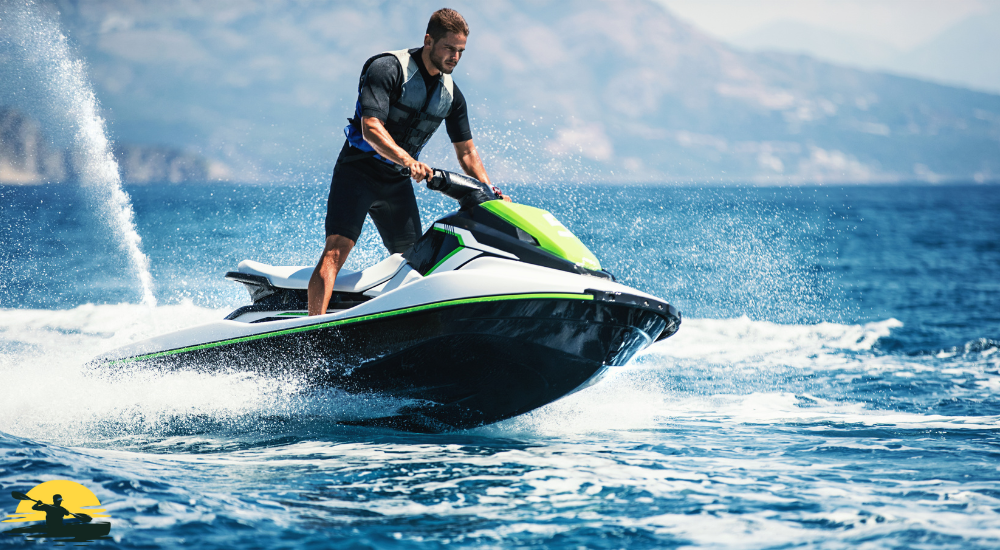
- Engine Power: This is like the size of your car’s engine. Bigger engines mean more power and speed.
- Hull Design: The shape of the jet ski’s body affects how it moves through the water. Some hulls are designed to cut through the water, while others are wider and better for stability.
- Weight: Just like with a car, a heavier jet ski won’t be as quick as a lighter one. That’s why it’s important to consider your weight and the weight of any passengers or gear you’ll be carrying.
- Conditions: Smooth water makes it easier to go faster, but choppy water or wind resistance can slow you down.
- Riding Style: How you ride your jet ski also plays a role. Experienced riders can usually squeeze out a bit more speed.
Most folks using jet skis for fun are going full throttle only some of the time.
Jet skiing is about enjoying the water, so most people cruise at a more leisurely pace, maybe 20 to 40 mph. This also saves fuel, which is important since jet skis don’t have huge fuel tanks.
Is Speeding on a Jet Ski Risky?
- Risk of Injury: The faster you go on a jet ski, the higher the chance of getting hurt in an accident. Think of it like riding a bike – you wouldn’t race down a hill without knowing how to handle it first. So, take the time to learn how to ride a jet ski properly before pushing the limits.
- Always Wear a Life Jacket: No matter how fast you’re going, a life jacket is a must-have. It could save your life in case of an accident.
- Check for Speed Limits: Some areas have speed restrictions for jet skis, especially near beaches or crowded spots. These rules are there for everyone’s safety, so be sure to follow them.
- Safety First, Fun Second: Speeding on a jet ski can be exciting, but safety should always be your top priority. Ride at a comfortable speed that makes sense for the conditions.
Speeding = higher chance of injury. Learn to ride properly, wear a life jacket, and follow speed limits. Safety first, fun second!
How to Boost Jet Ski’s Speed (Safely!)
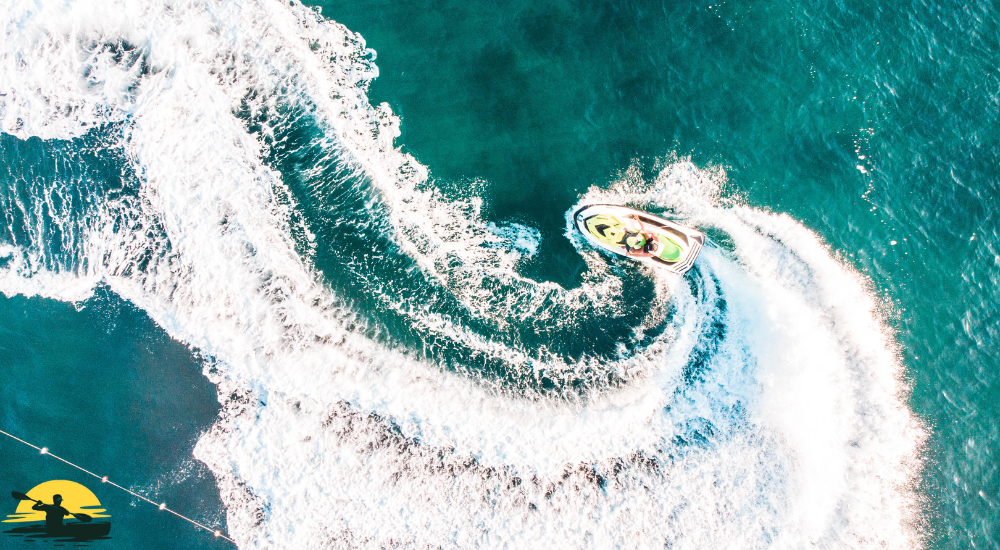
- Maintenance Matters: Just like keeping your bike’s tires pumped up, taking good care of your jet ski helps it run at its best. Cleaning the hull (the bottom of the jet ski) and checking the engine regularly can improve speed.
- Upgrade Parts: You can swap out some parts on your jet ski for better performance. For example, a new impeller (the spinning part inside the jet pump) can give you more thrust and higher speeds.
- Learn to Ride Better: An experienced rider can usually squeeze a bit more speed out of a jet ski than a beginner. Practice your riding skills to get the most out of your machine.
Speed Tweaking Isn’t for Everyone!
- Not for Beginners: If you’re new to jet skiing, focus on learning how to ride safely before you worry about going faster.
- Think Safety First: Modifying your jet ski for speed can make it less stable or harder to control. Always prioritize safety over speed.
- Get Expert Help: If you’re serious about making your jet ski faster, talk to a professional. They can help you make smart choices that won’t damage your jet ski or put you at risk.
Real-World Examples of Fast Jet Skis
Here are a few examples of jet skis that are known for their speed:
- Kawasaki Ultra 310X: This model is packed with a supercharged engine that gives it a high top speed.
- Yamaha GP1800R SVHO: This jet ski is designed for racing. It has a powerful engine and a lightweight hull.
- Sea-Doo RXP-X 300: This model is all about performance and features advanced technology to help you reach top speeds.
Remember, these are just a few examples, and the actual speed you reach will depend on many factors, including your weight, the water conditions, and how much fuel you have on board.
Speed tweaks can be fun, but safety comes first! Master riding skills before trying to go faster, and get expert help if you want to modify your jet ski.
Picking the Right Jet Ski for Speed
Not all jet skis are made for speed demons. Some are designed for cruising around, while others are built for racing.
Here’s what to keep in mind if you’re looking for a fast jet ski:
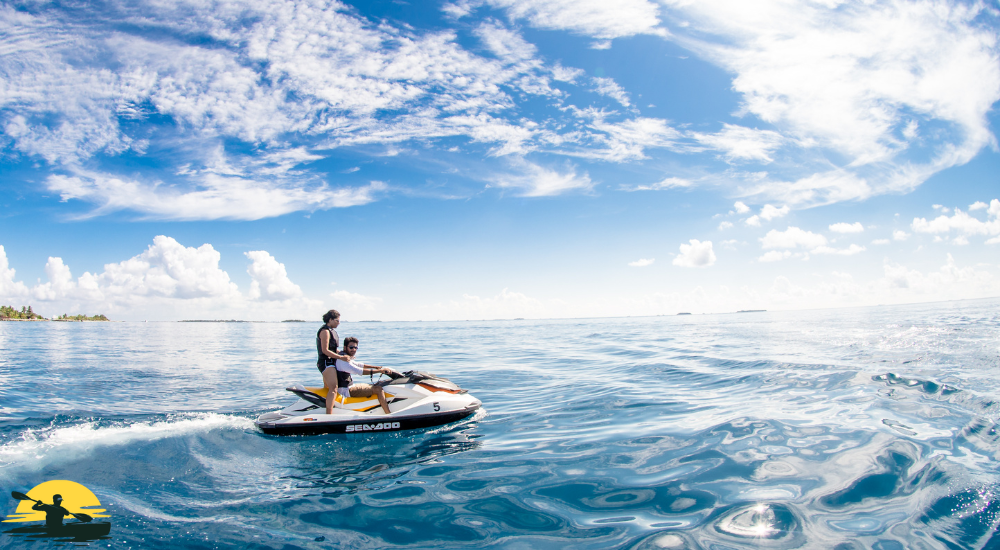
Types of Jet Skis and Their Speeds
- Entry-Level Models: These are great for beginners or those who want a more relaxed ride. They’re usually not the fastest, with top speeds around 50-55 mph.
- Performance Jet Skis: These models offer a good mix of speed and handling. You can expect them to reach speeds of 60-70 mph. The Yamaha GP1800R is a popular example.
- Racing Jet Skis: If you’re all about speed, these are the ones to check out. They’re designed to go super fast, often hitting 80 mph or more. Keep in mind that they might not be as comfortable or stable for casual riding.
Things to Consider When Choosing a Fast Jet Ski
- Your Budget: Faster jet skis usually come with a higher price tag. Decide how much you’re willing to spend before you start shopping.
- Your Experience Level: If you’re a beginner, it’s probably best to start with an entry-level or performance model and work your way up. Racing jet skis can be hard to handle for those who aren’t used to them.
- What You’ll Use It For: Are you planning to race, or do you want a fast jet ski for fun rides? This will help you narrow down your choices.
Some of the Fastest Jet Skis on the Market
- Kawasaki Ultra 310: This supercharged jet ski is known for its powerful engine and impressive top speed.
- Yamaha GP1800R SVHO: This racing model is a popular choice for those who want to go fast on the water.
- Sea-Doo RXP-X 300: This performance jet ski is equipped with advanced technology to help you reach your full speed potential.
Remember, choosing a jet ski is a personal decision.
Think about what’s important to you – speed, comfort, handling – and pick a model that fits your needs and budget.
Conclusion
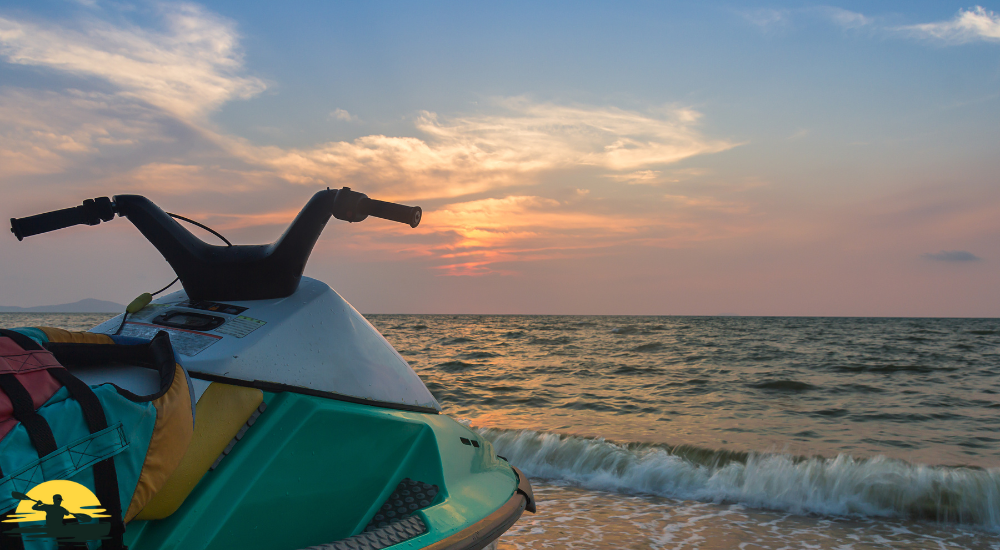
You’ve learned a lot about jet ski speed – from how different models stack up to the factors that can make you go faster or slower. Remember:
- Top speeds vary a lot, from 50 mph for beginner models to over 100 mph for racing machines.
- Most people who ride jet skis for fun don’t go full throttle all the time. They cruise around at a more relaxed pace.
- Jet ski average speed depends on things like engine power, hull design, and even the rider’s weight.
- Speeding on a jet ski can be fun, but safety should always come first.
So, the next time you see someone zooming by on a jet ski, you’ll know a little more about what’s going on under the hood and how they’re reaching those high speeds.
And if you’re thinking about getting your jet ski, you’ll have a better idea of what kind of speed you can expect.
Frequently Asked Questions
Do you think I can make my jet ski go faster?
Yes, but it’s not recommended for beginners. Simple maintenance, like cleaning the hull, can help your jet ski reach its maximum speed. More experienced riders might consider upgrading parts, like the impeller, but always consult a professional for safe modifications.
How far can a jet ski go on a full tank of gas?
This depends on several factors, including the jet ski model, engine size, fuel capacity, speed, and water conditions. Smaller recreational jet skis might only go for 50 miles, while larger models can travel over 100 miles.
What’s the fastest jet ski in the world?
The current world record for a sit-down jet ski is held by a modified Kawasaki Ultra 310, which reached a speed of over 127 mph.
Is a stand-up jet ski faster than a sit-down jet ski?
Not necessarily. Both types can reach high speeds, but stand-up jet skis tend to be lighter and more agile, while sit-down jet ski models often have more powerful engines.
What kind of safety gear do I need to ride a jet ski?
Always wear a U.S. Coast Guard-approved life jacket. Other recommended protective gear includes eyewear, gloves, and a wetsuit or rashguard.


